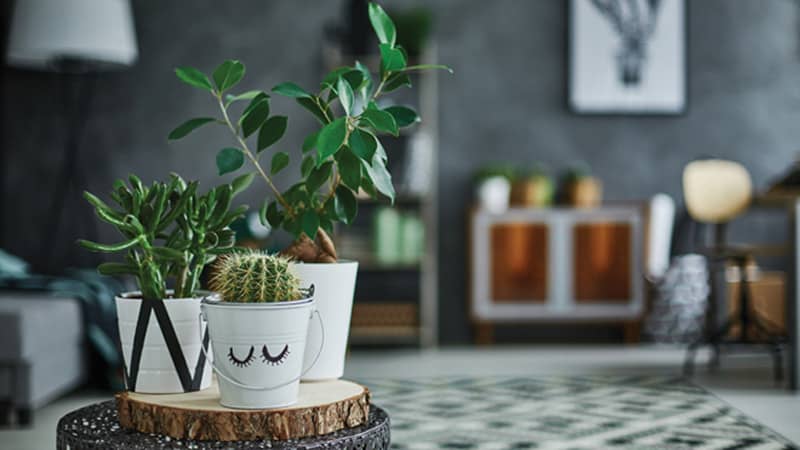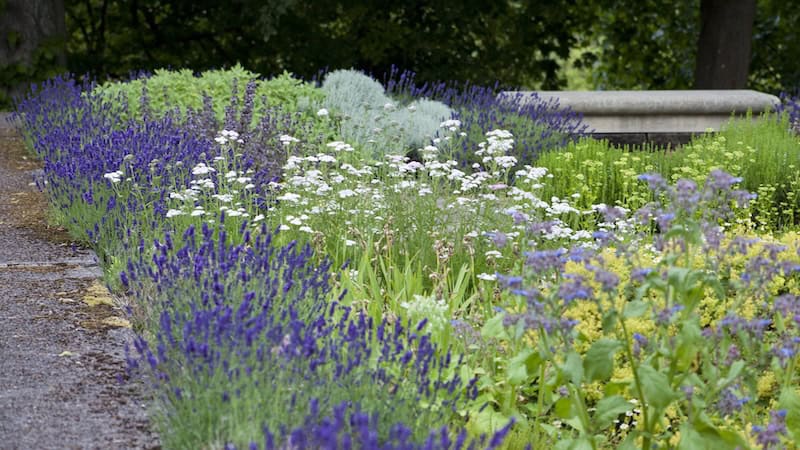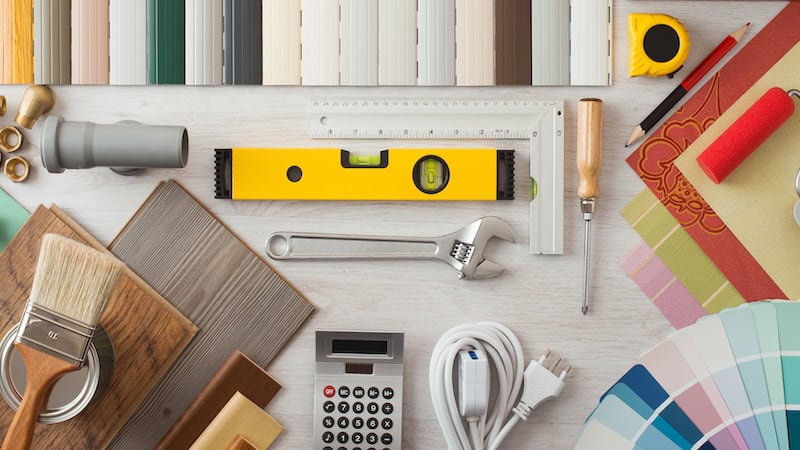Top Tips for Houseplants
A green thumb shares his No. 1 houseplant watering hack (it’s foolproof) and more

The benefits of houseplants range from their air-purifying power to the wonders they can do for your mental health, so it’s essential to ensure that your plants live a long and healthy life.
To prevent the unintentional overwatering of yet another fiddle leaf fig tree, we asked Greg Salmeri, co-founder of Rolling Greens Nursery, all about proper houseplant care. From how to select the right plant given your home’s lighting to how to tell whether your plant is getting enough water, we’re covering all the basics. Trust us, after reading through this Q-and-A, you’ll be able to walk into your local nursery with confidence.
Salmeri weighs in on the best houseplants and shares his foolproof watering hack. If you’re a self-professed “black thumb,” you’re going to want to keep reading.
Megan Beauchamp: How do I know which plants will thrive in my home’s lighting?
Greg Salmeri: Definitely consider your home’s lighting (and where you plan to put your plant) before deciding which type of plant to invest in. North and west corners tend to get more indirect light, while south and east corners usually receive direct light.
For spaces with bright light, the fiddle leaf fig, weeping fig and rubber tree really thrive. If the area receives indirect light, try an elephant’s ear, kentia palm or money tree. And if it’s a low-light spot, a Madagascar dragon tree (Dracaena), snake plant, Chinese evergreen (Aglaonema) or pothos plant is the way to go.
MB: Aside from lighting, what are some other factors I should consider when picking a houseplant?
GS: While giving your plant the lighting it needs to grow properly is crucial, there are a few additional factors to consider when placing your plant.
Think about the air flow (coming from air vents and windows), humidity (often in the bathroom and kitchen) and the morning or afternoon light (cool versus hot). Like people, plants take a little while to adapt to their environment (for example, ficus plants drop their leaves when they are moved), so be patient and ready to provide extra TLC for the first few months while your plant gets acclimated to its new home.
Another very important factor to consider before purchasing a plant is your pet. There are several varieties that are very toxic to animals – like dieffenbachia and sap-filled plants.
MB: How do I determine the right size plant for my home? (I love greenery, but I want to avoid a “Jumanji” situation.)
GS: Determining the right size plant for your home is a very personal decision – and it’s often hard to predict exactly how large certain plants will get.
You should look at the mature height and width of the plant and consider that a plant will grow only as big as the container it is in. Just because an immature plant is small and upright does not mean that it won’t spread out later in its life. Trailing plants will continue to trail and get longer.
Consider the space you are putting it in when you are determining what size plant you want – but be prepared for it to take on a life (and size) of its own after it gets comfortable in its new home.
MB: How often should I be watering my houseplants?
GS: Watering your plant just the right amount is like feeding a pet or a new baby – it’s so hard to tell exactly how much they need. But like pets and babies, if you’re patient and pay attention, they will often let you know when they are getting too much (or not enough).
When you go to water your plant, soak it thoroughly, and then wait until the soil is dry to the touch to water again. Feel the soil with your finger (the best moisture meter around) at least three times a week to familiarize yourself with wet versus dry soil. Sticking your finger about two inches below the soil surface suffices.
Another technique is to lift the container to see if it feels heavy (if it does, it probably doesn’t need water right now) or light (probably needs water). Be extra careful with containers that do not drain.
MB: What’s a common houseplant care mistake you wish people would stop making?
GS: The biggest faux pas we see customers make is the general tendency to overwater [see above]. Water meters don’t always work accurately and should not be the only technique used to determine whether the plant needs water.
MB: Any other tips to share?
GS: You don’t need to repot a plant right away. They are usually good in their grow pots for up to a year. When roots start to grow up above the soil surface or through the drainage holes, it is an indicator it is time to transplant (and an excuse to shop for a beautiful new vessel to house your plant).
Get the latest on home décor trends, design ideas, shopping guides and food news and take a look inside your favorite celebrity homes on MyDomaine.com.
© 2017, Clique Media Inc. All rights reserved. Distributed by Tribune Content Agency, LLC.


